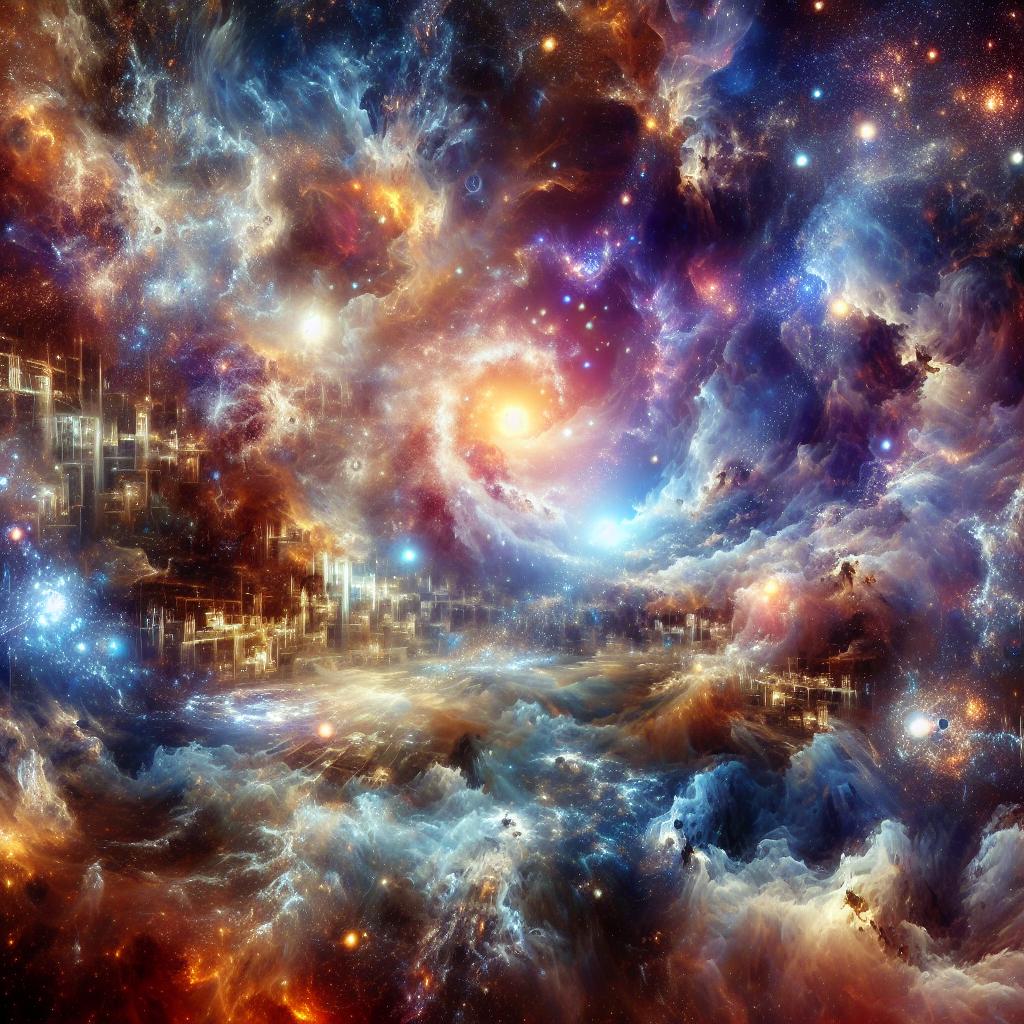
New Cosmic Microwave Background Data Validates Creationist Cosmologies: A Divine Revelation
Published: 14 May 2024
Recent Cosmic Microwave Background Data Supports Creationist Cosmologies
The recent data on cosmic microwave background (CMB) radiation provides significant support for creationist cosmologies. This discovery has important implications for our understanding of the origins and structure of the universe. In this article, we will explore eight key questions about this topic, providing thorough and biblically-grounded answers.
1. What is the cosmic microwave background (CMB) radiation?
The cosmic microwave background (CMB) radiation is the electromagnetic energy at microwave frequencies pouring in from the cosmos in all directions. Discovered in 1965 by Arno Penzias and Robert Wilson, it is described as the temperature of an ideal radiator, known as a 'black body', that produces radiation at the same frequencies and intensity. The CMB radiation is an essential piece of evidence for the Big Bang theory.
2. How does the CMB support creationist cosmologies?
The observations of the CMB radiation are consistent with creationist models proposed by scientists like Dr. Russell Humphreys and Dr. Robert Gentry. These models explain the current state of the universe within a creationist timeframe, where matter distribution is bounded but space may or may not be. The red-shift observed in the CMB may indicate a preferred frame of reference, which aligns with creationist cosmologies.
3. What are the implications of CMB temperature variations?
The temperature variations in the CMB radiation, as detected by scientists like George Smoot and others, pose challenges to traditional big bang cosmologies. The fluctuations extracted from high-resolution measurements suggest variations of only 10 µK, while greater variations are needed for galaxies and clusters to form within the available time frame. This discrepancy raises questions about the ability of gravity to shape the universe as we observe it.
4. What are the elongated shapes or 'blotches' in the CMB?
The elongated shapes or 'blotches' observed in the two-dimensional temperature maps of the CMB have been interpreted as the effect of geodesic mixing on the properties of CMB photons propagating through space. These blotches are not the result of clumpiness after the big bang but rather indicate the geometry of space. The presence of negatively curved Friedmann–Robertson–Walker (FRW) universes can explain these observed anisotropy spots.
5. What is the role of dark matter in explaining galactic dynamics?
The dynamic behavior of galaxies and galactic clusters has led scientists to propose the existence of dark matter. This hypothetical form of matter is needed to explain observations such as the higher centripetal velocities of stars in the extremities of spiral galaxies compared to those in the hub. Dark matter is postulated to provide the additional mass required to balance calculations based on known luminous matter.
6. Does recent data challenge the need for dark matter?
Recent Boomerang data, which contain information about anisotropies in the CMB radiation, suggest that the universe may be filled with normal (baryonic) matter instead of exotic particles or cold dark matter (CDM). This challenges the assumption that dark matter is necessary to explain galactic dynamics. The absence of detected dark matter raises questions about its existence and calls into question its role in galaxy formation within an evolutionary framework.
7. How does CMB data relate to big bang cosmology?
The lack of cold dark matter indicated by the Boomerang data presents significant challenges for big bang cosmology. The standard model relies on the existence of dark matter to explain galaxy and cluster formation early in the universe's history. However, computer simulations predicting a large number of dwarf galaxies have not been observed, prompting the introduction of hypothetical particles as large as galaxies. These ad hoc solutions highlight the difficulties of fitting observations within the big bang framework.
8. What does the CMB data mean for the formation of stars and galaxies?
The CMB data, particularly the lack of cold dark matter, raises questions about how stars and galaxies could have originated within the big bang model. The fine-tuning required to explain galactic structures, such as tightly-wound spiral arms, challenges current theories like the density wave theory. Creationist cosmologies can accommodate these observations by suggesting that galaxies were not in equilibrium when they were created and have not had enough time to disintegrate since.
In conclusion, recent Cosmic Microwave Background (CMB) data provides support for creationist cosmologies while posing challenges for traditional big bang cosmologies. The observed temperature variations, the presence of blotches in the CMB, and the absence of cold dark matter all point to a universe that can be better explained within a creationist framework. These findings highlight the importance of considering alternative perspectives and interpretations when exploring the origins and structure of the universe.
